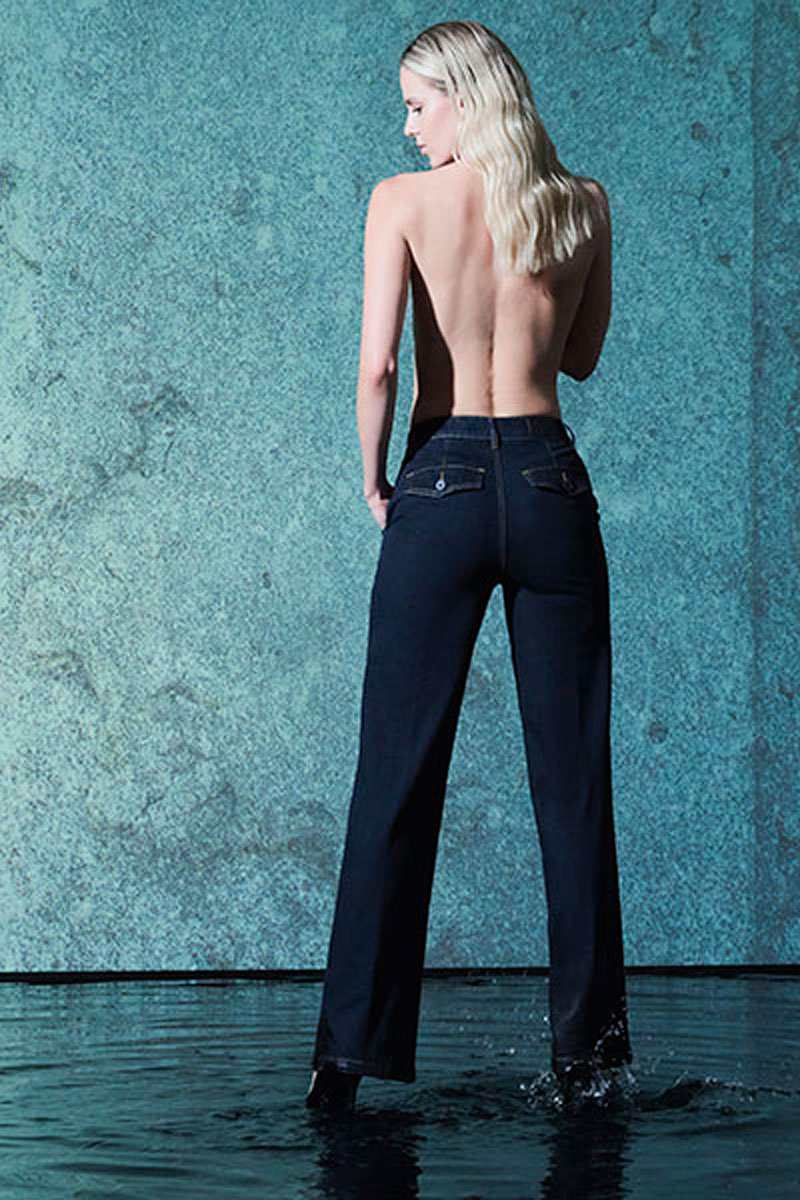Why choose linen for your summer

If practicality dominates synthetic fabrics and cotton is very often the favorite fabric in contact with the skin, there is another material today that is a little less widespread than in the past but of high quality: linen . Less chosen than a few decades ago also due to the difficulty of managing it, given the speed with which it takes folds and the effort required to be able to iron it, it still remains the best option to wear when summer arrives .
In fact, it can also be considered superior to cotton , both in terms of delicacy on the skin and the ability to absorb moisture . Those who sweat a lot and find it difficult to bear the heat of summer can find in linen the ideal ally to always feel in order and limit the sensation of humidity on the skin.
How linen is made
But where do all the qualities of this fabric with a thousand-year history come from? There are some technical elements that make linen the most suitable fabric during the hot season . And it has been known since ancient times; no coincidence that it is the oldest textile fiber, found in Egyptian tombs dating back to 8000 years BC.
The element that most distinguishes it is the ability to absorb humidity : technically, linen absorbs a mass of water equal to the dry mass of the fabric itself. This is why it is the best fiber for the summer, not only for garments that come into contact with the skin, but also for household linen, from sheets to towels .
The flax fiber is hollow and the weave is not excessively tight, characteristics that allow excellent transpiration and a good thermoregulation function . That’s why when you wear linen suits or shirts you get the feeling that they are “fresh”.
Resistant and hypoallergenic
Another positive feature of linen is that it is very resistant, even more so than cotton . In the classification of resistance in terms of traction, it is immediately after special steels; this is due to the high presence of cellulose in the fibre .
It means that it is a durable fabric, capable of withstanding washing and difficult to tear, but this peculiarity also explains the lack of flexibility and therefore the difficulty of returning to its original state after a form of pressure. In simpler words, resistance is also the reason why every crease stays in the fabric for a long time and is so complicated to iron it to perfection .
Do not forget that linen, like cotton, is completely hypoallergenic , so much so that it is also used in the medical field. For this reason it is indicated, as already mentioned, for household linen. For allergy sufferers or for delicate skins, such as those of newborns, linen sheets are the best choice : they will last over time and guarantee maximum breathability.
Perfect garments under the sun
In short, if you are reorganizing your wardrobe before the summer, you cannot fail to leave a sector dedicated to linen garments. Remember that it gives its best in contact with the skin , so the garments can be worn without underwear. It is also soft and silky to the touch, particularly pleasant to feel on.
Since it has insulating properties, it is able to maintain body temperature. It can therefore also be worn in winter to protect yourself from the cold, but you get the best in summer. It manages to protect the body intact even under the sun , giving a feeling of freshness by letting the skin breathe.
Furthermore, the resistance of the fiber means that linen garments do not undergo the classic degradation due to the sun’s rays, and the colors also remain bright for much longer.
A sustainable fabric
Finally, in a historical moment in which it is essential to increase the level of attention towards safeguarding the environment, linen has another relevant peculiarity: it is sustainable. Flax crops require less water than cotton, for example, and do not require chemicals and pesticides. Furthermore, given its resistance, a linen dress or sheet lasts for years ; it means reducing the amount of waste produced, which happens with the use of clothing made of synthetic material, cheaper but with a very short life cycle. In short, linen is a long-term investment, for ourselves and for the environment.
